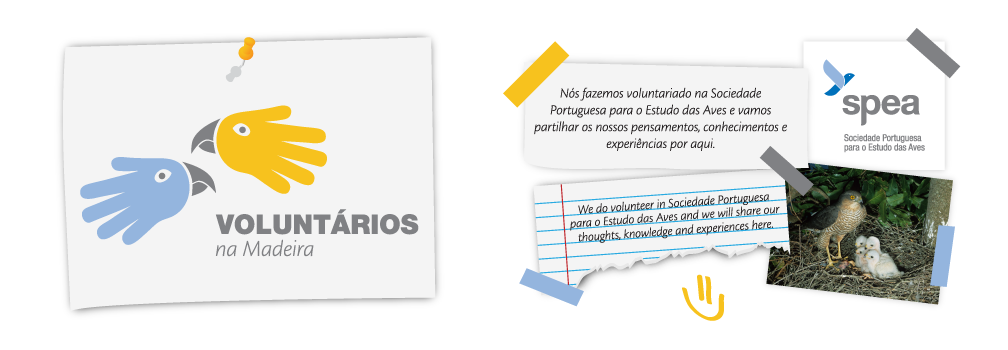Inundações, secas, tempestades tropicais devastadoras, perda de vida, derretimento
dos polos, etc. Todos esses eventos ocorrem naturalmente desde há milhões de
anos, ao seu ritmo natural, mas o ser humano está a acelerar a frequência e
magnitude com as suas ações sobre esses impactos.
No final da década de 90, um conceito chamado de pegada ecológica apareceu,
foi criado por William Rees e Mathis Wackernagel, como uma ferramenta para
medir quantitativamente a quantidade de recursos utilizados por pessoa. Enquanto
nos países desenvolvidos esta quantidade seja de cerca de 6 Ha / pessoa, no
caso dos países em desenvolvimento não atinge 1. Isso significa que, para
atender às necessidades de cada pessoa em um país desenvolvido é necessário 6
campos de futebol. De acordo com o WWF, estima-se que, em 2050, serão
necessários 2,5 planetas para cobrir as necessidades.
O aumento da concentração de CO2 na atmosfera está causando um aumento
gradual da temperatura do planeta. É considerado um aumento na temperatura
média do planeta de 2.5 como algo catastrófico. Atualmente, ele está aumentando
1 ° C desde que se tem registado.
Mas não é apenas importante ter em conta as emissões de CO2. Todas as
atividades que fazemos na Terra têm um impacto menor ou maior, e é por isso que
tentamos tomar medidas para mitigar. É alarmante saber que 6,4 milhões de
toneladas de lixo vão ter ao mar, que anualmente 36 milhões de quilotoneladas
de CO2 são emitidas para a atmosfera, entre 18.000 e 55.000 espécies se extinguem
anualmente e que nos últimos 25 anos perdemos uma área de floresta equivalente
a toda África do Sul.
Realizou uma comparação da trajetória que está seguindo o planeta com um navio
afundado: agora temos uma fissura no casco do navio e a água está começando a
entrar. Neste momento, ainda temos tempo para fechar a fissura e poder extrair
a água para recuperar a situação inicial. No entanto, se esperarmos muito
tempo, chegará um momento em que a fissura seja grande de mais e por muitos
esforços que realizemos para solucionar o problema, já será tarde de mais. A
diferença é que nós não podemos saltar da Terra para nos proteger. Não podemos
viver na Terra como se tivéssemos outro sítio onde ir.
É por isso que o trabalho da SPEA
é de vital importância, para contribuir com esse grão de areia para a
conservação de espécies, especificamente nas aves e os seus habitats.
Atualmente, SPEA colabora no projeto LuminAves com o objetivo de proteger as
aves marinhas frente a ameaça da poluição luminosa. Mas o trabalho que se faz
desde a organização é em vão se a sociedade não tem conhecimento do problema
que existe.
Vamos mudar nós antes que acabar
com o Planeta!
__________________________________________________________________________________
Floods, droughts,
tropical storms, loss of biodiversity, melting of poles, etc. All of this
events happen in the nature since millions of years by natural way, but the
human being increase the speed of these events and the magnitude.
At the end
of 90’s a concept of ecological footprint appeared. It was created by William Rees y Mathis
Wackernagel for quantify the quantity of resources that need every
person in every country. While in developed countries every person need until 6
ha/person, in underveloping country is less that 1. According to WWF, in 2050
will be necessary 2,5 earth for cover up the need of all the inhabitants of the
world.
The increase
of CO2 concentration in the atmosphere, is causing a gradual
increase of average temperature in the earth. Now, this increase is more or
less that 1 Cº. An increase of 2,5Cº is considerate as catastrophic for the earth.
But, we don’t
considerate only the CO2 increase. We must to be aware that every
action that we do, it has an impact, and for this reason we have to take solutions
for reduce this impacts. Every year 6,4
millions of tones are flow in the oceans, every year are emitting 36 kilotons
of CO2, between 18.000 and 55.000 of species are losing every year
in the earth and in 25 years have been loss an area of forest similar to South
Africa.
If we make
a simile with the earth and an sunken ship: in the ship now there is a breach,
we have time to cover the crack and we can extract the water that is inside for
recovery the initial situation. However, if we wait the breach will be bigger
than now and will be impossible cover it, in this moment we can do everything
is possible to empty the water, but it will be too late, and only we will can
do only one thing, that is leave the ship. The difference is that, we can’t
leave the Earth.
For this
reason the SPEA works is very important for make the contribution to species
conservation of biodiversity, concretely to marine birds conservation and their
habitats. Nowadays SPEA cooperate in LuminAves project to protect marine birds
of light pollution. But the SPEA work is for nothing if the people don’t help.
We must
change before Earth change.























